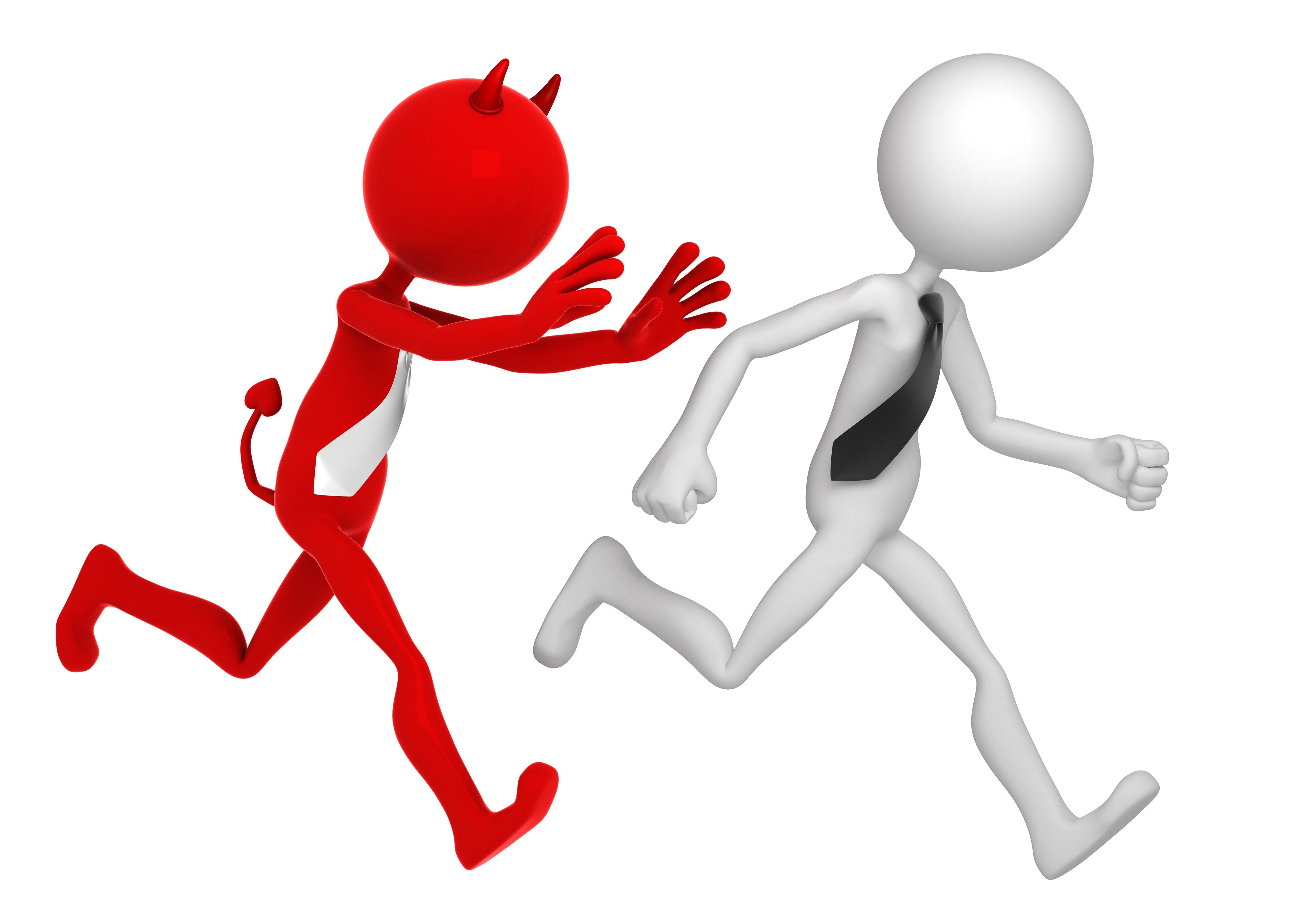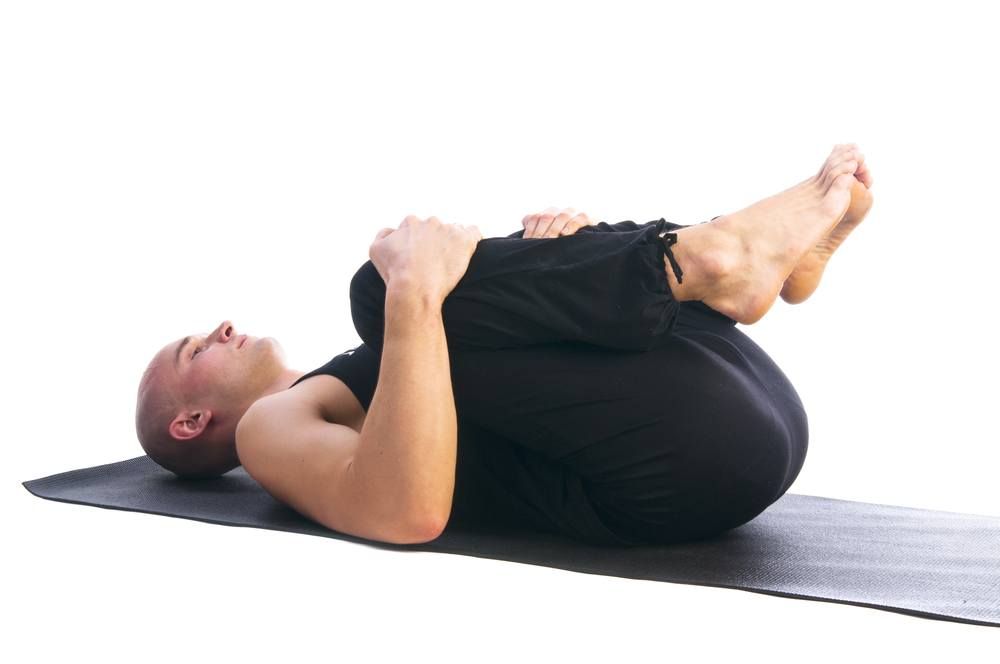Autonomic nervous system and stress
Lesson 1
“You may never have heard of your sympathetic and parasympathetic nervous systems - but they helped humans make it this far and understanding them can help you survive the modern world”
Stress is an unavoidable part of modern life for many, and people have learned to use all sorts of activities - from meditation to mindfulness colouring - to combat its effects.
These management techniques are helpful, and sometimes essential, but it is also important to understand how stress -a natural phenomenon - is created and the role it plays, so you can learn to self-regulate and avoid its side effects.
Self-protection mechanism
Humans, like all animals, have an incredibly complex nervous system, which regulates bodily functions and has allowed them to survive and evolve over millions of years, successfully responding to threats in the environment and in their bodies.
Part of this is the autonomic nervous system (ANS), which reacts and responds to threats in an automatic way and is governed by an old 'reptilian' part of the brain. Higher brain functions, like rational thought, evolved later, and are governed by 'newer' parts of the brain.
The ANS has branches including the sympathetic and parasympathetic nervous systems. The sympathetic nervous system (SNS) is responsible for the fight, flight or freeze response, whereas the parasympathetic (PSNS) is responsible for the rest and digest (or feed and breed) response.
When a threat is perceived, the SNS kicks in. In this state, the senses are heightened, vigilant and detail oriented. The heart rate rises, and muscles stiffen, ready to respond. Higher thoughts disappear, the only concern is survival - attack or defence. In this state, the ability to feel the body decreases, because full attention is needed on that potential threat.

Imagine being chased by a lion and twisting your ankle. The body would prioritise escape over feeling that pain in order to get you to safety.
As a last resort, the freeze response is a way of shutting down feeling, preventing pain. Once danger has been evaluated and has cleared, a return to the parasympathetic state is possible.
The breath is steadier, there is more blood flow to the organs and more ability to heal physically and think conceptually. This is when we might start to feel again and connect to the pain in that twisted ankle.
It's normal to switch between the SNS and PSNS - both are necessary to keep you alive and functioning.
The fluctuation can look like this: you sit in a comfy chair with a cup of tea (PSNS is activated). Then you hear a loud knock on the door, so you bolt upright (SNS takes over).
At the door is a friend, who greets you warmly (social engagement soothes the SNS). As you talk, you realise you left your lunch in the oven (SNS activates). You can't focus on what your friend is saying until you deal with the problem. Once you do, you can reconnect.

And when you are in that state, you start perceiving even more threats, creating a vicious circle. What you lack are opportunities to release back into the PSNS.
If the SNS can't be switched off, it can lead to anxiety, hyper vigilance, insomnia, IBS, muscle tightness and longer-term mental and physical health problems.
And chronic stress can even shut down the SNS, causing symptoms often associated with depression - persistent low mood, lack of motivation, sex drive and energy. This self-protective mechanism can be caused by a single traumatic incident or it can manifest because of persistent stress over time.
While the SNS prioritises immediate problem solving, the PSNS is more for reflection, a key component of humanness.

Fight-or-flight response
The fight-or-flight response plays a critical role in how we deal with stress and danger in our environment. Essentially, the response prepares the body to either fight or flee the threat. It is also important to note that the response can be triggered due to both real and imaginary threats.
By priming your body for action, you are better prepared to perform under pressure. The stress created by the situation can actually be helpful, making it more likely that you will cope effectively with the threat.
This type of stress can help you perform better in situations where you are under pressure to do well, such as at work or school. In cases where the threat is life-threatening, the fight-or-flight response can actually play a critical role in your survival. By gearing you up to fight or flee, the fight-or-flight response makes it more likely that you will survive the danger.
While the fight-or-flight response happens automatically, that does not mean that it is always accurate.
Sometimes we respond in this way even when there is no real threat. Phobias are good examples of how the fight-or-flight response might be triggered in the face of a perceived threat.
It is essential to health and wellbeing.
It is the state needed for deep and reflective thought, connection to others, creativity, sexuality and digestion (literal and figurative). So, learning how to switch from the SNS to PSNS is an important skill and could be the subconscious reason people take up yoga or meditation.

Tuning in to your feelings
Embodiment is the process of connecting to your feelings, whether they are internal responses like hunger or thirst, or come from external stimuli.
The SNS can dull sensitivity to such sensations. That could mean you forget to eat or go to the toilet when it is in control. Practising embodiment cultivates the perception of feelings in your own body.
It refines awareness of changes in the body and can be used when both the SNS and PSNS are active.
Embodiment helps you feel tension and the sensation of your body getting tighter with anger.
But its reflective aspect makes it more conducive to the parasympathetic state and can help you tune into a relaxing yoga pose. It can also help diffuse the activation of the sympathetic nervous system and encourage the body to function in another way. That is the parasympathetic state, where you are more able to rest, digest food, make sense of experiences, process and heal.
The importance of rest
Quiet, soft lighting, safety, predictability, human contact, comfort of the body all encourages the parasympathetic state. While the SNS activates quickly, the PSNS is a slower system. It takes time to decompress, unwind and really rest.
Activating the PSNS can be a prerequisite for good rest. When the SNS is active you may feel you are sleeping with one eye open, no matter how tired you are.
Turning off the screens on the devices you have around you before bed minimises SNS stimulation before you attempt to sleep, while 'unwinding' with a horror or action movie will not activate the PSNS.

Another key to getting good, nervous system rest is releasing tension from the body. You could try the relaxing constructive rest position, which involves lying on your back with the knees bent and soles of the feet on the floor. The knees drop towards each other to support the legs. Hands can rest next to the body, or on the belly. You can even put cushions or folded towels under the hands to relax the shoulders.
Learning to shift your state from the sympathetic to the parasympathetic can have a profound effect on healing and wellbeing. Everything you do gets better with practice, so treat connection and activation of the PSNS as something to try, explore and cultivate throughout your life, for greater ease, less stress and better connection to life's pleasurable experiences.
Making time throughout each day to down-regulate your system is perhaps one of the most accessible and important actions you can do for physical and mental health and wellbeing.
ENGAGE THE PARASYMPATHETIC NERVOUS SYSTEM
Slow down, breathe out
Slowing down, and breathing out, immediately moves you more towards the parasympathetic nervous system. Breathing out is calming. Slowing down your exhalation will take you into a more parasympathetic state and encourage peace and insight.
Cultivate embodiment
Restorative yoga is designed to get into the parasympathetic state, but you can cultivate embodiment in any yoga form and that can promote the parasympathetic state.
- Attune yourself. Imagine you are moving through water.
- Slow down your transitions between poses. Pay attention to each tiny movement.
- Work your poses to 60 to 75 per cent of your maximum stretch. Back off from a pose before you feel the stretch and feel what other sensations there are.
- Rub your hands together for two or three minutes, and then separate them. Keep your attention on the sensations in your hands and how it changes.
Self-care for the PSNS
Many things we think of as self-care are designed to be relaxing and help activate the PSNS.
- Massage your feet (or any part of the body) with lotion, cream or oil.
- Take a warm bath and allow your body to rest in it.
- Turn your lights down a little and listen to quiet music.
- Create a ritual around keeping a journal.
- Turn off your phone and give full attention to a friend or loved one.
- Hug someone who feels safe. Cuddling an animal or pet can also be good for this.
- Take a few deep breaths, focusing on the exhale.
For some people, especially those who have been through difficult or traumatic circumstances, embodiment can be a challenging, and even terrifying, prospect.
If this is the case for you, it may be helpful to get professional, individual guidance. There are therapeutic techniques (like Somatic experiencing) that use the body and the felt sense as the gateway to healing.
